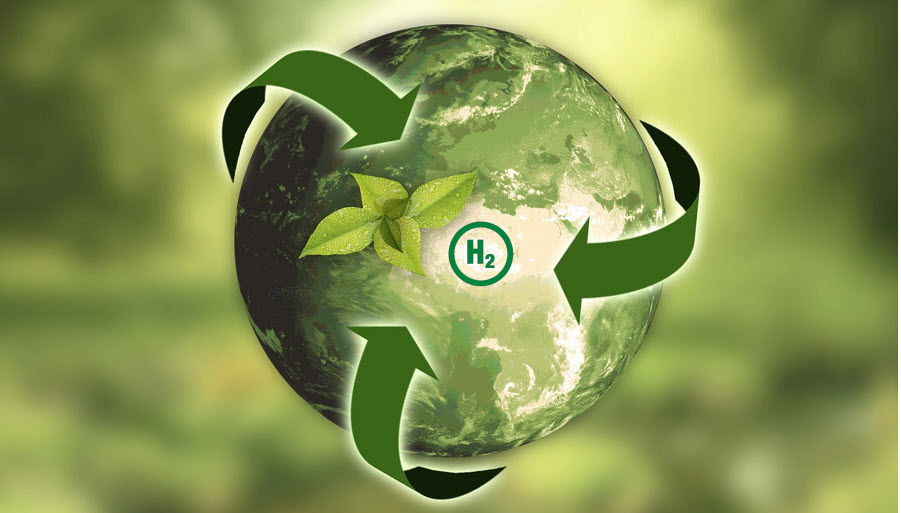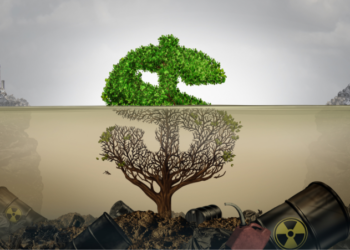Hydrogen is one of the common elements of life on earth and we have still not explored the potential of this primary element of periodic table. The current use of hydrogen in refining and fertiliser industry needs to be extended towards sectors such as transport, building, and power generation.
The need of Green Hydrogen
International Energy Agency Report, 2019 states that by end of 2040, global energy demand will increase by 25-30% and current dependence on fossil fuels portrays the corresponding increase of carbon emissions. The given situation stresses the need to look for alternatives and green hydrogen is the most lucrative option to facilitate the transformation we are looking for in terms of energy resources.
Why called Green Hydrogen?
Hydrogen is generated through electrolysis which involves the separation of hydrogen from oxygen in the water by using the electric current. Hydrogen produces only water vapour and warm air as exhaust and if the electricity used in generation of hydrogen is harvested from renewable resources, it is known as Green Hydrogen as it has zero carbon emissions in its production and burning as fuel.
How it will deal with climate emergency?
Despite ambitious resolutions at International Climate Summits and ground breaking COP 15 in Paris, carbon-dioxide emissions of global energy sector reached an all-time high in 2018. Green hydrogen holds the promise to reduce CO2 emissions in long-haul transport, Chemicals’ industry and refining industry. Renewable energy remains limited to areas of production and at times, climatic conditions are unfavourable for the production of electricity. Hydrogen has capability to store the energy from renewables in gaseous or liquid form for months which can later be transported through pipelines to targeted areas. As per International Energy Agency, Green hydrogen would result in reduction of carbon dioxide emissions by 830 tonnes per year as compared to grey hydrogen.
Current loopholes in Green Hydrogen Sector
Hydrogen needs to be extracted as it is not available as isolated element but is associated with other elements. As a result, it requires electricity for extraction and currently, hydrogen used in industries is supplied from natural gas and coal because technology needed for harvesting green hydrogen is expensive.
Equal amount of hydrogen has less energy content as compared to Gasoline and as a result, it needs to be stored under pressure and in large fuel tanks. This can be challenging for light duty vehicles owing to limited size and capacity to store more weight of fuel.
Global Commitments towards Green Hydrogen
United Nations Industrial Development Organisation (UNIDO) in association with Hydrogen Energy Centre, Beijing has come forward to promote the use of green hydrogen in Industrial sectors by focussing on two main pillars:
First one is Global partnership which aims to accelerate the exchange, development, and distribution of knowledge in terms of policies, guidelines, and standards related to Green hydrogen.
Secondly, Technological cooperation to promote the use of green hydrogen in industries by building up green hydrogen clusters and value chains.
“The Accelerating Clean Hydrogen Initiative” of “World Economic Forum” focuses to harvest the potential of hydrogen for energy transition, accelerate the clean hydrogen projects and ensure the smooth financing and completion of projects.
Even though there is hype about the Green hydrogen being the miracle fuel to reach the milestone of net zero emissions by 2050 but IEA recommends following measures to realise this rather than merely glorifying the potential of green hydrogen as fuel:
Shift from making announcements to implementing the policies.
Create demand of green hydrogen in Industrial sector.
Develop infrastructure and tap opportunities for fulfilment of short-term and long-term goals.
Create the environment of international cooperation to promote hydrogen trade.
Ensure the removal of regulatory barriers.









